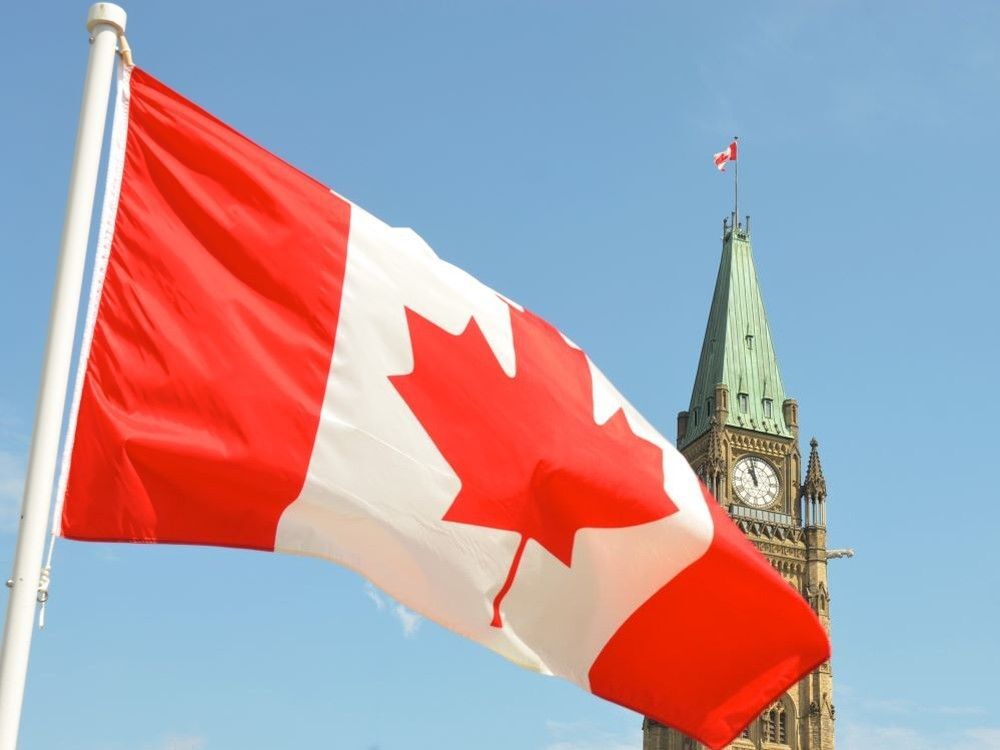In just nine months, the federal government, which is exclusively responsible for immigration, added the equivalent of almost the entire population of Nova Scotia. On average, more than 3,500 new residents arrived each day.
Immigration isn’t the only reason for this state of affairs, but Canada’s population growth rate of three per cent just last year was higher than at any time since a brief anomaly in the late 1950s. Last year, the Canada Mortgage and Housing Corporation reckoned that at this rate of population growth, we’d need to build at least 5.8 million homes in Canada over the next six years, just to restore some semblance of affordability. This isn’t going to happen. The construction industry’s current capability would add only about 2.3 million homes to the country’s housing stock by 2030.
At the current rate, Canada’s population will double within 25 years. Between the summer of 2022 and last August, nearly 700,000 “non-permanent residents” arrived in Canada, on top of the 400,000-plus permanent residents who showed up in Ottawa’s official immigration counts. Statistics Canada reckons there are now roughly 2.5 million non-permanent residents in the country, which is close to the entire working-age population of Alberta.
More than a million people in this transitory or non-citizen population hold work permits and another million or so are “students” with work privileges of varying duration. It’s as though somebody somewhere decided that Canada should be a country of landlords and well-to-do strip mall college entrepreneurs preying upon an underclass of exhausted renters, homeless people and foreign guest workers. Who voted for this?

 ottawacitizen.com
ottawacitizen.com
Immigration isn’t the only reason for this state of affairs, but Canada’s population growth rate of three per cent just last year was higher than at any time since a brief anomaly in the late 1950s. Last year, the Canada Mortgage and Housing Corporation reckoned that at this rate of population growth, we’d need to build at least 5.8 million homes in Canada over the next six years, just to restore some semblance of affordability. This isn’t going to happen. The construction industry’s current capability would add only about 2.3 million homes to the country’s housing stock by 2030.
At the current rate, Canada’s population will double within 25 years. Between the summer of 2022 and last August, nearly 700,000 “non-permanent residents” arrived in Canada, on top of the 400,000-plus permanent residents who showed up in Ottawa’s official immigration counts. Statistics Canada reckons there are now roughly 2.5 million non-permanent residents in the country, which is close to the entire working-age population of Alberta.
More than a million people in this transitory or non-citizen population hold work permits and another million or so are “students” with work privileges of varying duration. It’s as though somebody somewhere decided that Canada should be a country of landlords and well-to-do strip mall college entrepreneurs preying upon an underclass of exhausted renters, homeless people and foreign guest workers. Who voted for this?

Glavin: Immigration is a big part of Canada's housing-crisis story
A recognizable "immigration policy" needs to start by radically cutting back on the flood of "non-permanent" arrivals.




